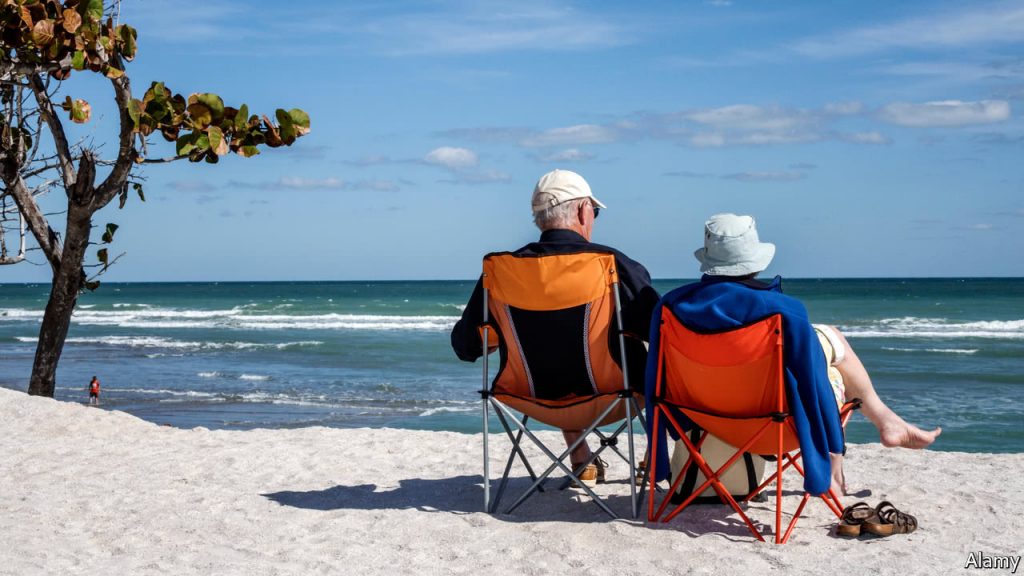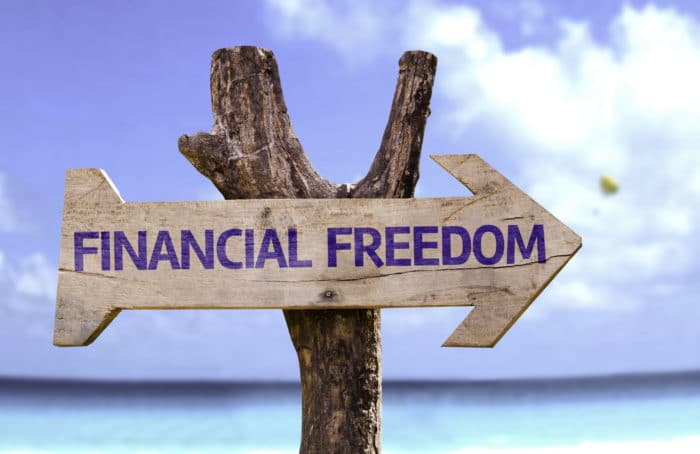How much do you need in super to retire comfortably?
The majority of Australian baby boomers don’t have enough superannuation for a comfortable retirement and that’s a worry!
So how much do you need in your super to retire comfortably?
It may not surprise you that a research paper released by REST Industry Super showed that 74% of baby boomers have no idea how much money they will need in retirement and the majority believe they will have to rely on the age pension.
The big problem for baby boomers
The Australian Bureau of Statistics tells us there are nearly three million Australians aged over 50 in the labour force, accounting for about 28% of the current work force.

As this group transition to retirement, the old-age dependency ratio in Australia is predicted to rise from 20 per 100 working population in 2010 to as high as 36 per 100 working population by 2030.
The ABS expected the most rapid rise in the dependency rate will occur between 2011 and 2031 – in other words, it’s already here.
A key challenge for these over 50s is that the broad- based compulsory superannuation system only started in 1992.
This means that those approaching retirement have not had the benefit of accumulating superannuation savings to the same extent as younger employees, who will have more years in the labour force under the system by the time they retire.
This means that most baby boomers will need to find alternative income sources.
Sure they could rely on the pension, but more and more are taking their financial future in their hands and investing in property.
So how much do you really need to retire comfortably?
I recently read an article suggesting that financial planners often recommend that, based on current average annual returns, a couple would need close to $1,000,000 in superannuation when they retire to live modestly.
In my opinion that would only give them a very modest lifestyle since they would in general live off the $40,000 or so interest they receive on this, or on dividends from the shares in the super fund.

Apparently a single person would need about $800,000, once again to live modestly.
By the way… I think you will need much, much more than this to fund a comfortable retirement.
Either way this means millions of Australians will struggle in retirement, because only 10% of Australians have more than $100,000 in their super accounts.
A while ago the Association of Superannuation Funds of Australia reported:
“On the basis of the current average superannuation balance and average income of those aged 35 to 44 and the assumption of only compulsory superannuation contributions being made, the average retirement superannuation payout at age 60 for a male currently aged 35 to 44 would be $183,000, while for a female it would only be $93,000.”
That’s scary stuff…
Most Gen Xer’s will also fall far short of being able to retire on their superannuation.
Little wonder that more and more Australians are looking at taking control of their financial future and setting up Self Managed Super Funds (SMSF.)
With all those Baby Boomers transitioning into retirement over the next fifteen years or so, I see properties bought in a SMSF as a major driver of property values over the next decade.
How much super is enough?

So, the big question remains: how much money do you really need for your retirement?
Well…lifestyle is a very personal thing —luxury living for one person is a modest existence for someone else.
While you’re in your working years choosing a lifestyle is simple — most of us live the life we can afford.
If we want a fancier lifestyle, we need to earn more, win the lottery, marry someone rich or inherit money from a rich relative.
However if you want a comfortable life in retirement, then you better start working on your financial independence now.
Super alone is unlikely to get you there, but growing a substantial property portfolio just may.
The 4-step formula to financial independence:
Here are four timeless rules for achieving financial freedom.
Please don’t dismiss them because they sound so simple:
- Spend less than you earn. This maxim may seem obvious, but many people have difficulty following it. If you’re spending more than you earn, you will never become financially independent. You will be paying money to others for the rest of your life. The earlier you start living by this rule, the better. It is never too late to start.
- Invest the difference wisely. It may surprise you but the average Australian will earn somewhere between $4 – $5 million during their working life. Yet most of them will retire poor. Clearly the level of your income has no bearing on the level of wealth you achieve, what is critical is the amount you save and invest wisely.
- Reinvest your investment income so you get compounding growth. As you are beginning to understand, you will never become financially independent on your earnings alone. You need to keep reinvesting. In fact, by the time you become financially free almost all your assets will have come from compounding capital growth, not from your income, your savings or your rent.
- Keep doing steps 1 and 2 until your asset base reaches a critical mass so that you have the Cash Machine that gives you the income you desire.

If you’ve been following my blogs you’d know I advocate growing a multi-million dollar property portfolio as your Cash Machine.
In fact I’ve written a best selling book on that topic – How To Grow A Multi-Million Dollar Property Portfolio – in your spare time.
This book is about helping you build your own Cash Machine.
So how many properties do you need to retire?
Do you know?
Well… it’s a trick question.
And this probably needs to be a lot bigger than you think.

It’s not really how many properties you own that’s important.
I’d rather own one Westfield Shopping Centre than 35 small regional properties.
In other words what’s really important is the size of the asset base you build – the size of your Cash Machine.
Over the last few years more and more property investors are considering setting up a self managed superannuation fund (SMSF) as a vehicle to buy their properties and increase their asset base.
So what are the main advantages and disadvantages of taking this tact when it comes to building your own retirement nest egg?
The good
- Control – you have control over your SMSF rather than entrusting your future financial well-being to a complete stranger, who will take your hard earned cash and invest it in shares and managed funds that may or may not perform.
- Leverage – You can make the money in your SMSF work harder by using it as a deposit and borrowing to investment properties that grow in value.
- Tax savings –owning property in super may be very tax effective for you.
- You will have a diversified super portfolio that is not reliant on just one investment vehicle, meaning you will have better financial security for the future.
The bad
- The cost! This usually involves thousands of dollars in establishment costs and sometimes there will be higher fees involved in borrowing to buy property through your SMSF.
- The confusion. There’s no denying that managing your own super fund can be a minefield of complicated rules and regulations. Get something wrong and you could end up paying hefty penalties.Of course, you can pay a professional to manage it on your behalf and this is something I would strongly advise anyone with a SMSF to do – whether they’re buying real estate or not!
- You have to have the cash to do it. This is not a strategy for someone with a small amount of cash in his or her super fund.
- Basically, unless you have over $150,000 of available funds in your SMSF and are still contributing to your SMSF, the banks may not be willing to lend money for you to buy property in your SMSF.
- If you’re at all concerned about financial independence in retirement, put some plans in place, review your finances, do something now and don’t leave it until it’s too late.
Be careful
Of course before you go down the route of setting up your own SMSF, it is critical to seek independent advice from a properly qualified financial planner to ensure that it is appropriate for your circumstances and that you set up things correctly and don’t fall foul of the tax man.
Also …make sure you get advice from independent professionals – not sales people pushing products or property
One more thing…
If you’re interested in securing your financial future through property investment, now may be a good time to buy property either outside or inside your super fund.
And if you’re looking for independent advice, no one can help you quite like the independent property investment strategists at Metropole.
Remember the multi award winning team of property investment strategists at Metropole have no properties to sell, so their advice is unbiased.

Whether you are a beginner or a seasoned property investor, we would love to help you formulate an investment strategy or do a review of your existing portfolio, and help you take your property investment to the next level.
Please click here to organise a time for a chat. Or call us on 1300 20 30 30.
When you attend our offices you will receive a free copy of my latest 2 x DVD program Building Wealth through Property Investment in the new Economy valued at $49.
